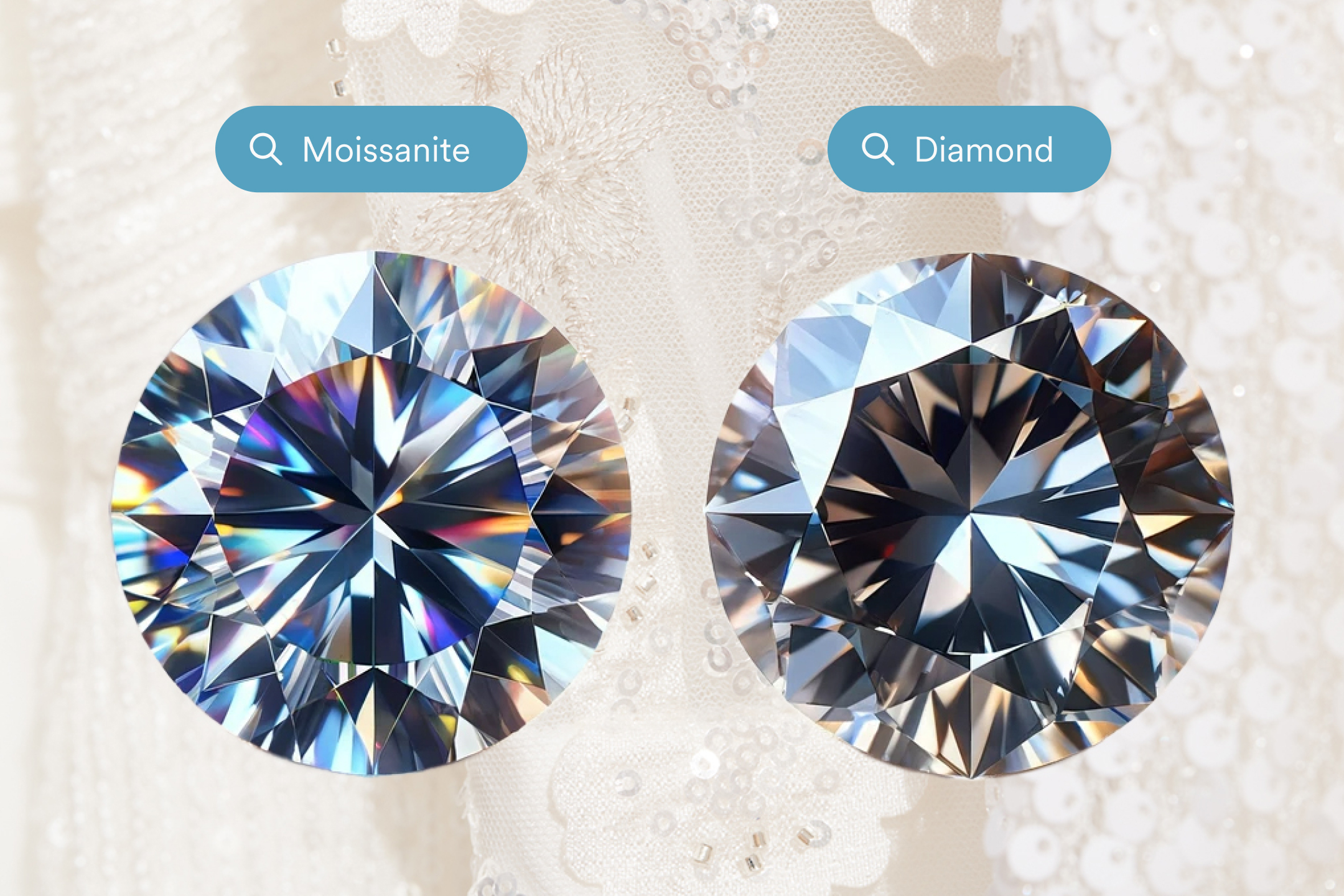Understanding the Diamond Market
A Brief History of Diamonds
Diamonds have captured human fascination for centuries. Originating in India over 2,500 years ago, these sparkling gems have been associated with wealth and power. However, the modern diamond market took shape in the late 19th century, particularly after the discovery of diamond mines in South Africa. This event was pivotal, marking the beginning of a supply surge that would reshape perceptions of diamonds.
The Rise of Synthetic Diamonds
Fast forward to today, and technology has introduced synthetic diamonds—man-made gems that are chemically identical to natural diamonds. These lab-grown stones are becoming increasingly popular, further challenging the narrative of rarity. In fact, they account for a growing share of the market, often at a fraction of the cost.
The Illusion of Rarity
Supply vs. Demand
So, why do people still believe that why mined diamonds are not rare? The answer lies in the artificial constraints placed on supply. While the earth certainly doesn’t produce diamonds at the same rate as other gemstones, the notion that they are scarce is misleading. The truth is, there’s an abundant supply of diamonds available worldwide, yet the perception of scarcity is tightly controlled.
Market Manipulation
One key player in this manipulation is De Beers, the diamond company that dominated the industry for decades. They perfected the art of creating an illusion of scarcity by controlling diamond distribution. Their famous marketing campaigns, like “A Diamond is Forever,” ingrained the idea that diamonds are not just gems, but essential symbols of commitment and love.
The Role of De Beers
De Beers’ influence cannot be overstated. By stockpiling diamonds and releasing them gradually, they maintained high prices and preserved the perception of rarity. Although their monopoly has diminished, the impact of their strategies lingers in consumer minds.
Diamond Mining: A Global Perspective
Major Diamond Producing Countries
Diamonds are mined in various countries, including Russia, Botswana, Canada, and Australia. Each of these nations contributes significantly to global diamond production. With vast reserves, it’s clear that diamonds are far from rare; they are simply concentrated in specific regions.
Environmental and Ethical Concerns
However, the diamond mining industry faces serious environmental and ethical challenges. The extraction process can lead to significant ecological damage, and many mines are associated with human rights violations. This raises questions about the true cost of these “rare” gems.
The Economics of Diamonds
Cost of Production
The cost of producing mined diamonds is often inflated due to the perceived rarity. In reality, advancements in mining technology have made extraction more efficient and less costly. This means that the actual supply of diamonds can meet, or even exceed, current demand without much trouble.
Pricing Strategies
The high retail prices of diamonds are often a result of marketing rather than true rarity. Retailers set prices based on perceived value, which can lead to inflated costs. It’s a classic case of demand-driven economics, where the consumer’s belief in rarity drives up the price, not the actual scarcity of the product.
Consumer Perception
Marketing and Advertising Tactics
The marketing strategies employed by the diamond industry have been incredibly effective. By associating diamonds with love and commitment, they’ve created a narrative that suggests these gems are not just stones but essential tokens of emotion. This perception keeps consumers coming back, often at a high price.
Cultural Significance of Diamonds
Culturally, diamonds hold a significant place in society. From engagement rings to anniversary gifts, they symbolize milestones in life. This cultural weight adds another layer to their perceived rarity, further entrenching them in our collective consciousness as something truly special.
Alternatives to Mined Diamonds
Lab-Grown Diamonds
With the rise of awareness around the ethics of diamond mining, lab-grown diamonds have emerged as a popular alternative. These stones offer the same brilliance and quality as mined diamonds but are often more affordable and ethically sourced. For many, they represent a more sustainable choice without sacrificing beauty.
Other Gemstone Options
Beyond lab-grown diamonds, there are plenty of other gemstones that can serve as beautiful alternatives. From sapphires to moissanite, consumers now have a plethora of choices that are often more unique and affordable than traditional lab diamonds. This shift in consumer preference challenges the established narrative surrounding diamond rarity.
Conclusion
In conclusion, the idea that mined diamonds are rare is more myth than reality. While they may have been perceived as scarce due to historical market manipulation and cultural significance, the truth is that diamonds are plentiful and accessible. As we become more aware of our choices, the rise of synthetic diamonds and other alternatives offers consumers a chance to redefine what value means in the diamond market. So, next time you’re dazzled by a diamond’s sparkle, remember that beauty can be found in many forms—and rarity may just be an illusion.





